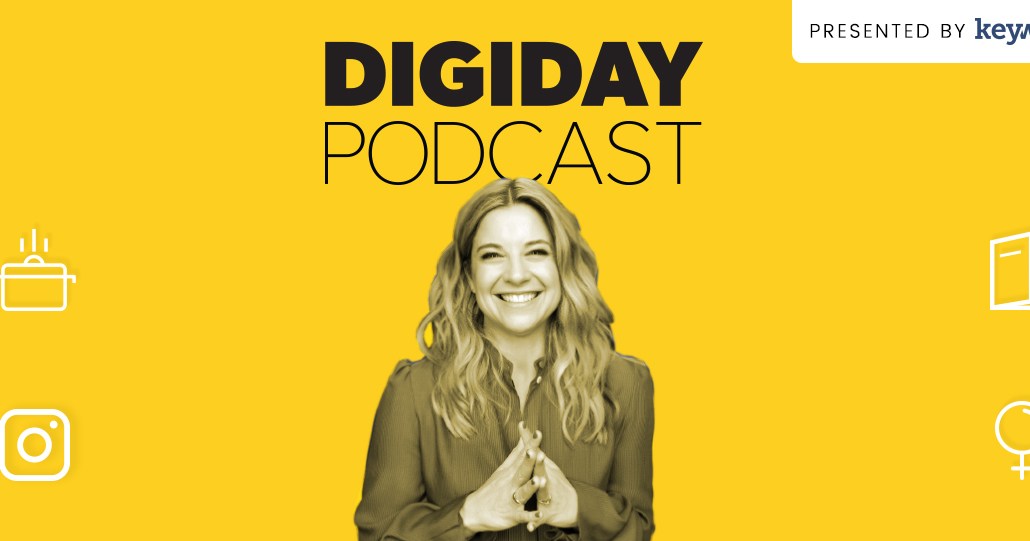Martha Stewart Living’s Elizabeth Graves: ‘The brand will always be relevant with any demographic’

Subscribe: iTunes | Google Play | Stitcher | Anchor
Martha Stewart was an influencer before social media influencers existed. She has crafted, in many ways, the blueprint for a personality-led lifestyle brand that’s stretched from content to commerce. Elizabeth Graves, the editor in chief of Martha Stewart Living, says modernizing brand is work in progress but doesn’t need too much effort.
“Martha Stewart Living is a 28-year-old legacy brand,” said Graves on the Digiday Podcast. “The topic of ‘Life made better’ has been relevant in good times and bad times, with any demographic. It’s just [about] always being in touch with how people are living now and modernizing our ideas to fit their life. The concept of improving life is what we’ve been doing for a long time and we don’t need to change that.”
In our latest podcast, Graves reveals how she retains the audience who has stuck with the brand over the years while onboarding the younger demographic, taking a brand beyond personality and more. Edited highlights below.
Content for all ages.
“We’re cognizant of the fact that our reader is in homes in the suburbs but also in the city. Martha still wants to learn from her magazine. What she wants to learn is the 500-level course. But people who are discovering us for the first time, I need to give them the 101, too. We span many entry points. We [also] have a robust following of people who have been with us since the first issue. So it’s a tall order that we don’t take lightly.”
Martha vs the influencers.
“Martha is the original influencer, she’s got the chops. From cooking to sewing, she knows how to do these things. She isn’t just a sensational person on Instagram. She’s not just a pretty face without the talent to back it up. It makes you a legacy brand when you have the chops to keep going. It’s always important to keep reaching and inspiring a new audience.”
Going multi-platform is natural to Martha.
“It is a brand that goes across platforms and audience. She called the company Omnimedia. She is on TV, she has “Martha Stewart Cooking School” on PBS, she has “[Martha Stewart] Bakes,” She has Snoop [Dogg] potluck dinner parties. Instagram is such a great channel for the visual brand. We care about the aesthetics so much. We want to be where our audience wants to be. [Doing] everything is important. Certainly focus your efforts. Some mediums aren’t the best thing for us. We don’t focus a ton on Twitter. Instagram, Facebook, the magazine are important for us.”
Editors can’t be unique to on platform.
“We are one team. The mediums have different goals, and they have to be articulated properly. When we come up with a story idea, we do think about how it will manifest digitally. You should be think of yourself as a content editor. How can you create high-quality, best in class content and what is the best execution of it in print and digital. The news stand is an interesting space but a lot of people are discovering us online. We do a lot of unique content on digital.”
More in Media

Media Briefing: The top trends in the media industry for 2025
This week’s Media Briefing takes a look at the top trends from 2025, from digital advertising revenue performance to AI licensing deals.

Digiday Scorecard: Publishers rate Big Tech’s AI licensing deals
Digiday has compiled a scorecard grading AI platforms to make sense of the growing number of players in the AI content licensing market.

Publishers are hunting for AI prompt data — now they’re starting to get it from third-party companies
Publishers are finally gaining some visibility into AI search, as new prompt data tools crack open a black box.








